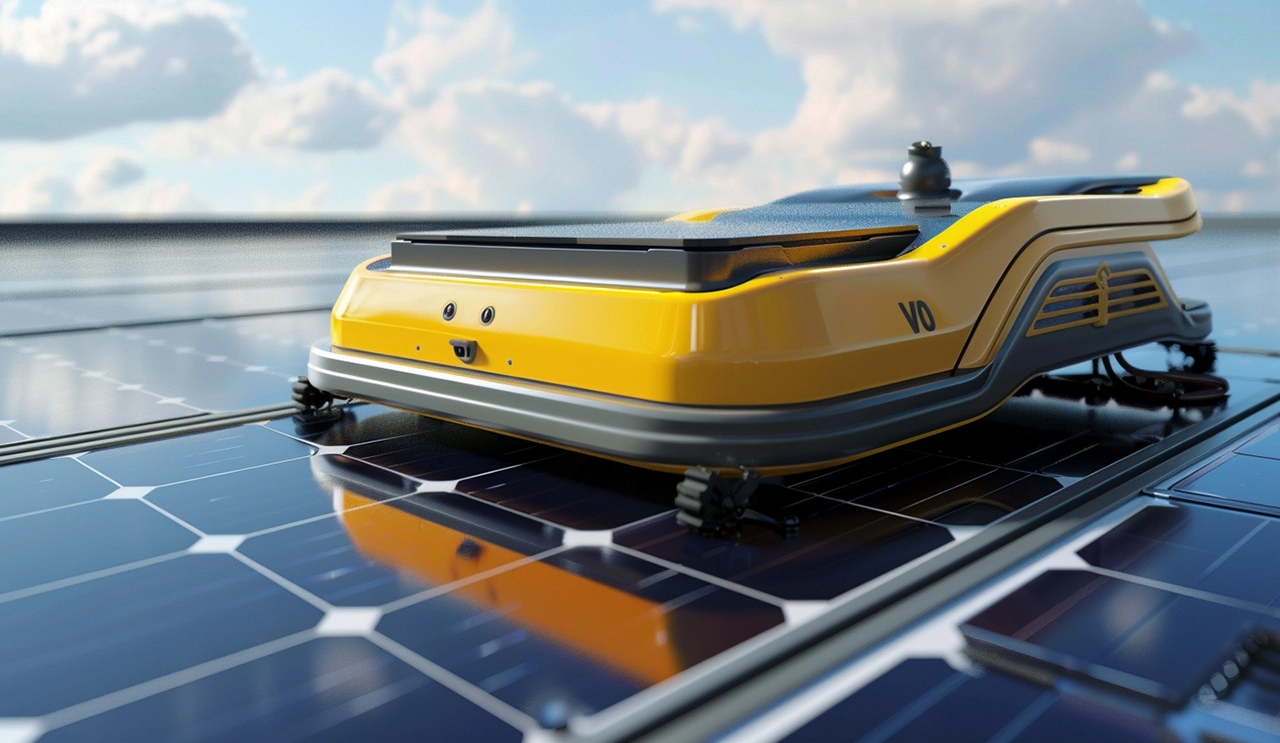
WIRELESS CHARGING IN THE NEWS
As a product of modern science and technology, the endurance of UAV directly affects the completion of the task. In order to ensure that the UAV can continue to perform tasks in the air, the innovation and optimization of charging technology is particularly important. At present, there are mainly the following ways to charge drones, each of which has its own unique technical characteristics and application scenarios.
A common way to charge is ground charging, in which the drone lands at a designated charging station between missions to charge. This method relies on a dedicated charging station that is connected to the drone through a standardized interface to achieve efficient transmission of electrical energy. Ground charging stations are usually equipped with intelligent management systems that can automatically identify and adapt to different types of drones, ensuring a safe and efficient charging process. In addition, some advanced ground-based charging stations also have environmental monitoring functions, which can provide stable charging services in bad weather conditions.
Another method of charging is aerial charging, which is done by docking the drone with a charging platform or another drone carrying batteries. In-flight charging technology requires high-precision docking systems and stable power transmission lines to ensure that charging can be completed safely and quickly during flight. This technology is especially important in long-distance, high-frequency missions, which can significantly extend the endurance of drones and reduce the need for ground charging.
Wireless charging technology is also being used in the field of drones. Through a wireless charging transmitter on the ground or a charging device in the air, the drone can receive power during flight or while hovering. Wireless charging technology does not require a physical connection, reducing the complexity and risk of docking, and improving the flexibility and convenience of charging. However, the efficiency and transmission distance of wireless charging technology still need to be further improved, especially how to maintain a stable charging effect in harsh environments, is the focus of current research.
Solar charging is another sustainable way to charge. Some high-altitude, long-endurance drones are equipped with solar panels that can use sunlight to recharge during flight. Solar charging technology is not only environmentally friendly, but also can effectively extend the endurance of drones, especially for drones that need to perform tasks at altitude for a long time. However, the effect of solar charging is greatly affected by weather and lighting conditions, and it is necessary to consider the use of environmental and technical conditions.
In general, drone charging technology is developing in a diversified and intelligent direction. With the continuous progress of technology, the endurance of UAVs during missions will be significantly improved, providing more reliable and efficient air services for all walks of life. Whether it is ground charging, air charging, or wireless charging and solar charging, the innovation and application of these technologies are paving the way for the future development of drones.







